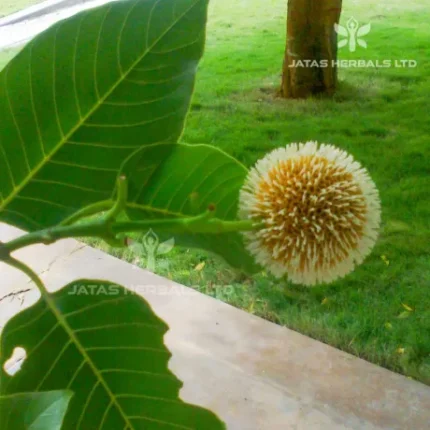Tumba or tumbi is repeatedly mentioned in brhat trayi texts as alabu. Usually, there are two varieties of figs viz., sweet and bitter varieties probably used as vegetable and medicinal plant respectively. Bitter variety of alabu is considered as iksvaku or katukalabu or katu-tumbi or tiktalabu or tikteksvaku. Caraka described number of Kalpanas with Ikshvaku / Katutumba for Vamana. It is well known under Phala Varga in Brihat Trayi. The author is of the opinion that the variation in taste is a morphological variation and not species variation. Most of the Cucurbitacea members does exhibit this taste variation e.g., C. indica, M. charantia, T. dioica, L. siceraria etc. They are all bitter when collected from wild whereas, domesticated / cultivated varieties turn sweet. The probable reason may be availability of water to the plant makes the fruit sweeter while plant provided with less water will be bitter. The other possibility is that the subspecies L. Vulgaris Ser. Subspecies siceraria may be the source of katutumbi.
Botanical Description – It is an annual climber bearing whitish-yellow flowers. It is being cultivated all over India.
Major Chemical Constituents–
Seed- Avenasterol, codisterol etc. Palmitic acid, stearic acid, linobic & obic acids in seed oil.
Part Used– Root, leaf, fruit
Dosage– Fresh juice 10-20 ml.






Reviews
There are no reviews yet.